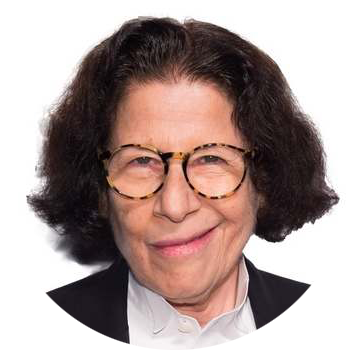Analytical Psychology
Journey to the Deep Unconscious
Analytical psychology is a form of psychotherapy and depth analysis that was pioneered by the famous Swiss psychiatrist, Carl Gustav Jung. This unique approach is marked by its focus on the symbolic and spiritual experiences that influence human life. Analytical psychology is built on Jung’s groundbreaking theory of archetypes and the collective unconscious, a deep psychic space that is shared by all of humanity. Since its inception, analytical psychology has continued to evolve through ongoing research and incorporation of findings from other related disciplines and schools of thought.
As a result, it is a constantly expanding and evolving field that offers a great deal of promise for therapeutic innovation and in-depth inquiry into the human psyche.
If you’re interested in delving deeper into this fascinating area of study, we highly recommend that you peruse our selection of books on analytical and Jungian psychology – you’re sure to find some that capture your imagination and spark your intellectual curiosity.
Envision your Evolution x Analytical Psychology
The Archetypal Integration & Individuation Assessment (AIIA) is a framework grounded in Analytical Psychology, designed to reveal how the distinct forces within the psyche — such as the Self, Shadow, Persona, Anima/Animus, Inner Sage and Growth Edge — influence perception, emotion, and behavior. Rather than focusing only on external events, the AIIA explores the inner architecture shaping how we interpret and respond to life. When these archetypal energies are out of balance or remain unconscious, they can distort self-perception and create internal conflict. The AIIA helps individuals become aware of these dynamics, assess their level of integration, and realign with a more authentic and unified sense of self.

A Symbolic Journey: How the AIIA Calculates the Individuation Phase
The Archetypal Integration & Individuation Assessment™ (AIIA) introduces a structured method to determine the participant’s current phase in the individuation process—a central concept in analytical psychology. Drawing on Jungian theory and symbolic developmental psychology, the AIIA algorithmically maps users to one of nine Individuation Phases. This mapping is based not on static typologies but on the dynamic interplay of three calculated indexes: the Archetypal Integration Index (AII), the Growth Activation Index (GAI), and the Archetypal Balance Quotient (ABQ). This article provides a grounded explanation of these indices and how they contribute to symbolic phase placement within the AIIA framework.
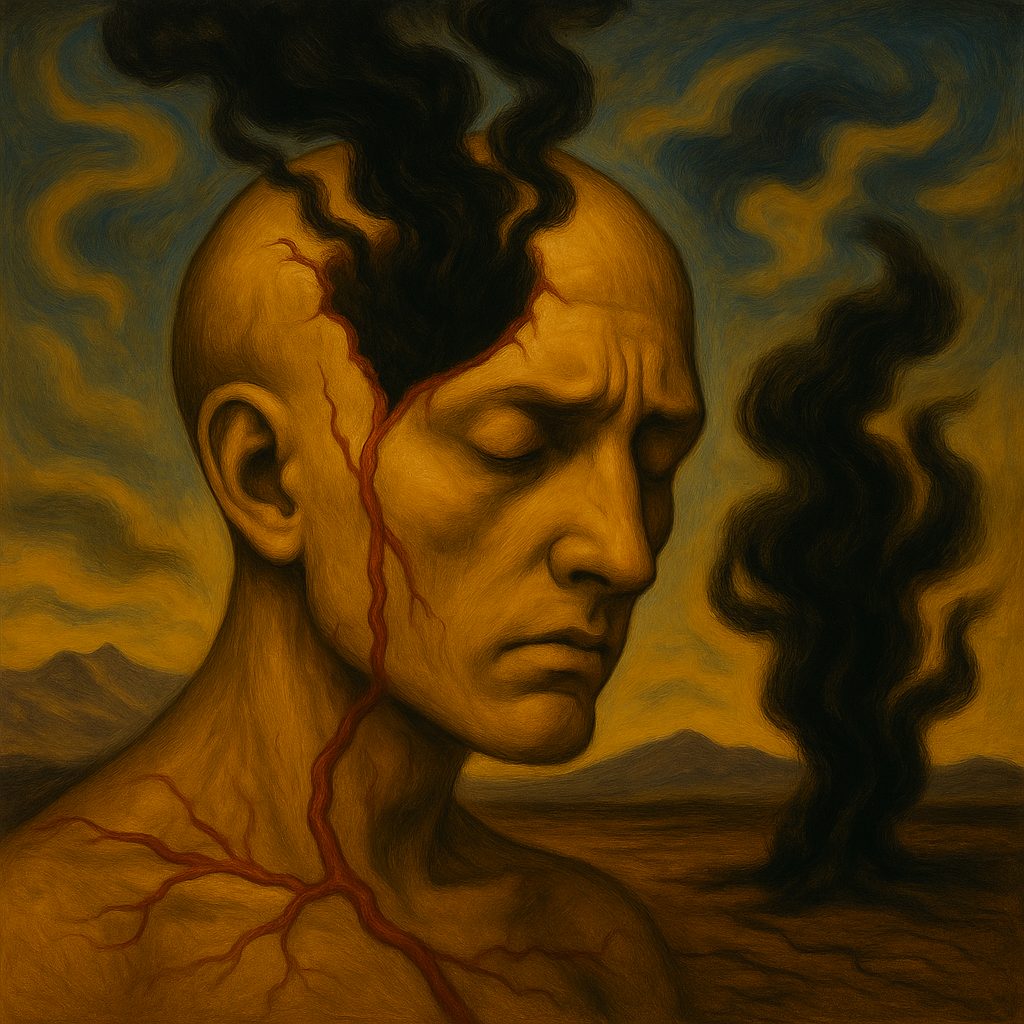
The Shadow Archetype: Integration and Individuation in Contemporary Contexts
Among the key constructs of Analytical Psychology, the shadow archetype stands as one of the most psychologically significant and transformational. Carl Gustav Jung (1953/1969) first articulated the shadow as the unconscious complement to the conscious personality—comprising emotions, traits, instincts, and behaviors that the ego refuses to acknowledge. Often misunderstood as exclusively negative, the shadow is psychologically neutral; it houses not only disowned fears and aggression but also unexpressed creativity, sensuality, and inner power (Jacobi, 1973; Johnson, 1991).

The Anima and Animus: Psychological Polarity, Projection, and Inner Integration
In Jungian analytical psychology, the anima and animus are archetypes representing the inner feminine in men and the inner masculine in women. Together, they form the symbolic polarity of the psyche and serve as vital bridges between the ego and the unconscious (Jung, 1959). While these terms are often interpreted through a gendered lens, they actually reflect a broader psychological reality—the necessity of balancing opposites within the psyche. In contemporary terms, the anima/animus dimension can be understood as the inner polarity between receptivity and assertion, feeling and thinking, relatedness and autonomy (Hillman, 1985; Stein, 1998).

The Persona Archetype: Social Identity and the Path to Authentic Expression
In analytical psychology, the persona archetype represents one of the earliest and most socially visible structures of the psyche. Coined by Carl Gustav Jung and derived from the Latin word for mask, the persona refers to the roles, behaviors, and public identities we adopt to function within society (Jung, 1953). These masks allow individuals to navigate social hierarchies, meet expectations, and participate in group life. However, the persona’s adaptive utility becomes problematic when over-identified with—masking the authentic self and stunting psychological development (Jung, 1959).
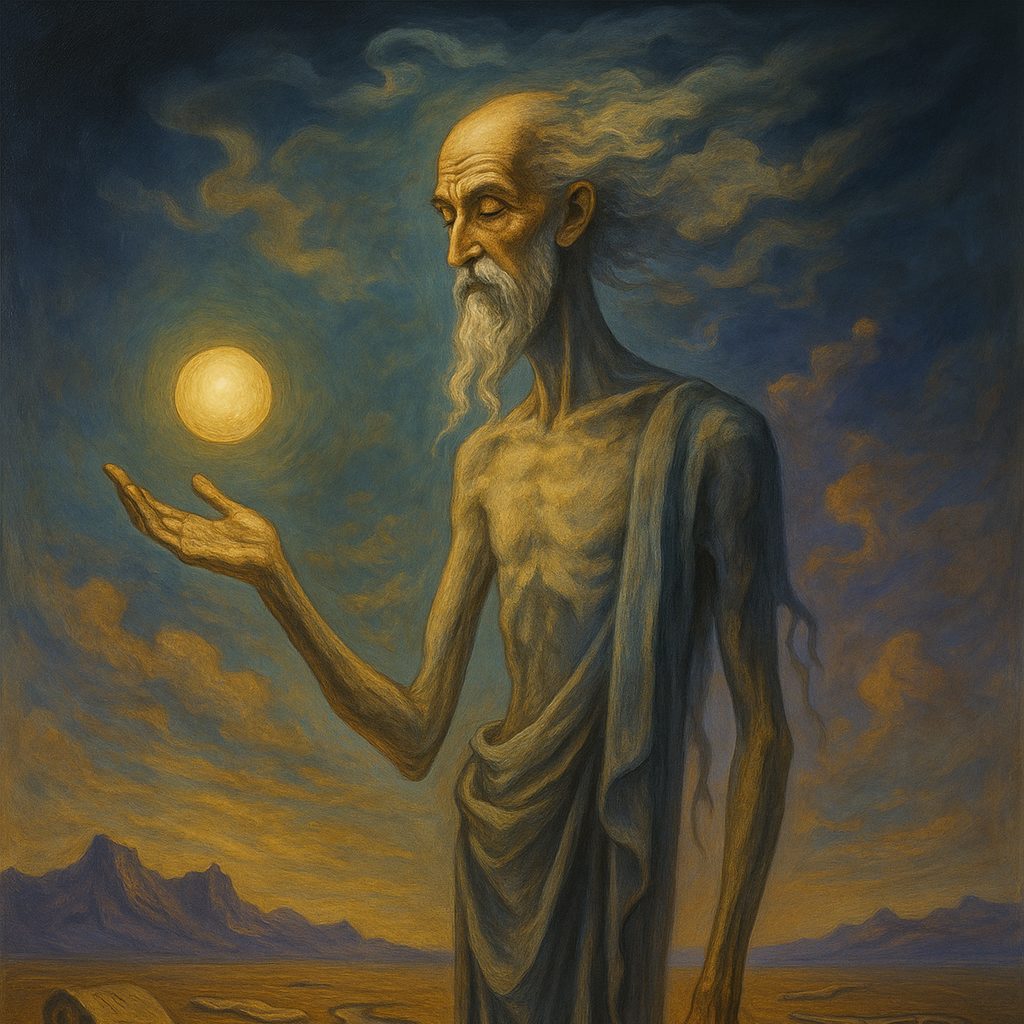
The Inner Sage Archetype: Discernment, Equanimity, and Inner Witnessing
Within the symbolic system of Jungian psychology, the Inner Sage archetype signifies a deep, transpersonal center of wisdom, clarity, and discernment. Unlike more socially reactive or emotionally charged archetypes, the Sage emerges when ego-identification loosens and the Self’s observational consciousness becomes accessible. Carl Gustav Jung (1959) associated this dimension with the “mana personality”—a psychological constellation representing spiritual maturity, integration, and guidance. The Sage is less a learned role than a psychic mode of perception that sees symbolically and responds rather than reacts.

The Self Archetype: Psychological Wholeness and Individuation Compass
Among the core constructs in Jungian psychology, the Self archetype stands as the most encompassing and integrative. Unlike the ego, which mediates conscious experience, the Self represents the totality of the psyche—conscious and unconscious, personal and transpersonal. It is both origin and goal: the psychic nucleus that orchestrates development and the archetypal image of wholeness that draws the personality forward (Jung, 1959).

The Growth Edge: Transitional Readiness and the Call to Transform
Unlike the five core archetypal dimensions of the Archetypal Integration & Individuation Assessment (AIIA)—Shadow, Anima/Animus, Persona, Inner Sage, and Self—the Growth Edge is not an archetype in the Jungian sense. Instead, it functions as a transitional marker, highlighting a person’s psychological readiness for transformation. Where archetypes describe enduring psychic structures, the Growth Edge represents a liminal condition—a psycho-developmental threshold between a previously integrated identity and an emerging level of psychological complexity.

The Collective Unconscious: Journey into the Depths of Shared Psyche
Carl Gustav Jung, the Swiss psychiatrist and founder of analytical psychology, pioneered the concept of the “collective unconscious,” a term that has since echoed through the corridors of psychology, philosophy, and popular culture. This revolutionary concept transcends the boundaries of individual psychology, connecting us to a realm of shared human experiences and archetypes. This article explores the intricate realm of the collective unconscious and its significance in Jungian psychology.

Unveiling the Symbolic Language of the Unconscious: An Exploration of Jungian Dream Symbols
Symbols play a crucial role in dream interpretation within Jungian analytical psychology. Jung believed that symbols in dreams are the language of the unconscious mind. He wrote, “Dreams are the direct expressions of unconscious psychic activity” and that “it is in dreams that we first encounter the symbol without knowing it as such” (“Man and His Symbols,” 1964).

Unlocking the Unconscious: An Exploration of Jungian Dream Interpretation
Jung proposed that dreams serve as a tool for psychological integration, bringing to light aspects of the unconscious mind. He wrote, “The dream is a little hidden door in the innermost and most secret recesses of the soul” (“The Meaning of Psychology for Modern Man,” CW 10, para. 304). Rather than viewing dreams as merely disguised wish fulfillments, as Sigmund Freud did, Jung saw them as a bridge to our unconscious, echoing our deepest thoughts, desires, and fears.
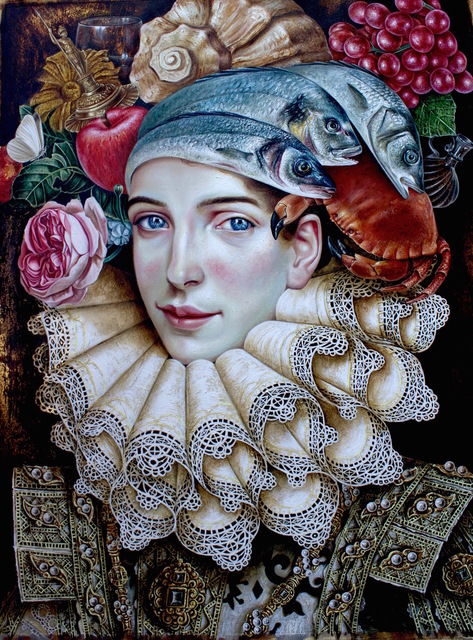
Puer Aeternus: Its Impact on Personal Growth and Relationships
Puer aeternus. Latin for “eternal child,” used in mythology to designate a child-god who is forever young; psychologically it refers to an older man whose emotional life has remained at an adolescent level, usually coupled with too great a dependence on the mother.
The shadow of the puer is the senex (Latin for old man), associated with the god Cronus—disciplined, controlled, responsible, rational, ordered. Conversely, the shadow of the senex is the puer, related to Hermes or Dionysus—unbounded instinct, disorder, intoxication, whimsy. Like all archetypes, the puer is bipolar, exhibiting both a “positive” and a “negative” aspect.

The Active Imagination Technique: A Quick Guide for Beginners
Active imagination is a meditation technique in analytical psychology used to bridge the gap between the conscious and unconscious minds: opening oneself to the unconscious and giving free rein to fantasy, while at the same time maintaining an active, attentive, conscious point of view. This strategy leads to a synthesis that contains both perspectives, but in a new and surprising way. Active imagination is considered an important aiding technique in the process of individuation and you can learn how to practice it alone by exploring the most obvious expressions of your unconscious mind – your dreams.

The Power of Individuation: Uncovering Your Authentic Self
In Jungian psychology, also called analytical psychology, individuation is the process where the individual self develops out of an undifferentiated unconscious – seen as a developmental psychic process during which innate elements of personality, the components of the immature psyche, and the experiences of the person’s life become, if the process is more or less successful, integrated over time into a well-functioning whole. Other psychoanalytic theorists describe it as the stage where an individual transcends group attachment and narcissistic self-absorption.
Analytical psychology book recommendations
Amazon Bookshelf
Personality is built up largely by acts of introjection: contents that were before experienced outside are taken inside.
Erich Neumann Tweet

Understanding The Persona: Archetype Anatomy
The persona, for Swiss psychiatrist Carl Jung, was the social face the individual presented to the world—”a kind of mask, designed on the one hand to make a definite impression upon others, and on the other to conceal the true nature of the individual”.
Jung’s individuation process starts from this level, of the persona, of the social mask, trying to break the artificial convention through awareness of its presence and function, and the attenuation of its often oppressive-imperative character.

The Wise Old Man: Exploring the Psychology of the Archetype
The wise old man (also called senex, sage or sophos) is an archetype as described by Carl Jung, as well as a classic literary figure, and may be seen as a stock character. The wise old man can be a profound philosopher distinguished for wisdom and sound judgment.
In literature, the sage often takes the form of a mentor or a teacher to the hero, playing a crucial role in the hero’s journey. The sage archetype may be portrayed by a God or a Godess, a magician or wizard, a philosopher or an advisor.

The Active Imagination Technique: Essential Steps for Creative Exploration
Active imagination is intended to bring about a state of hypnagogia. This is the state in between sleep and wakefulness, where people may be partially aware that they are dreaming.
Always remember that the principle is always the same: to allow the unconscious to manifest into consciousness and then trying to integrate its lessons, thus making important progress towards achieving what Jung called individuation.
People will do anything, no matter how absurd, in order to avoid facing their own souls. One does not become enlightened by imagining figures of light, but by making the darkness conscious.
Carl Gustav Jung Tweet

Understanding Anima & Animus: The Archetype Anatomy
Anima and animus are gender specific archetypal structures in the collective unconscious that are compensatory to conscious gender identity.
One of the most complex and least understood features of his theory, the idea of a contrasexual archetype, developed out of Jung’s desire to conceptualize the important complementary poles in human psychological functioning. From his experiences of the emotional power of projection in his patients and in himself, he conceived first of the anima as a numinous figure in a man’s unconscious.
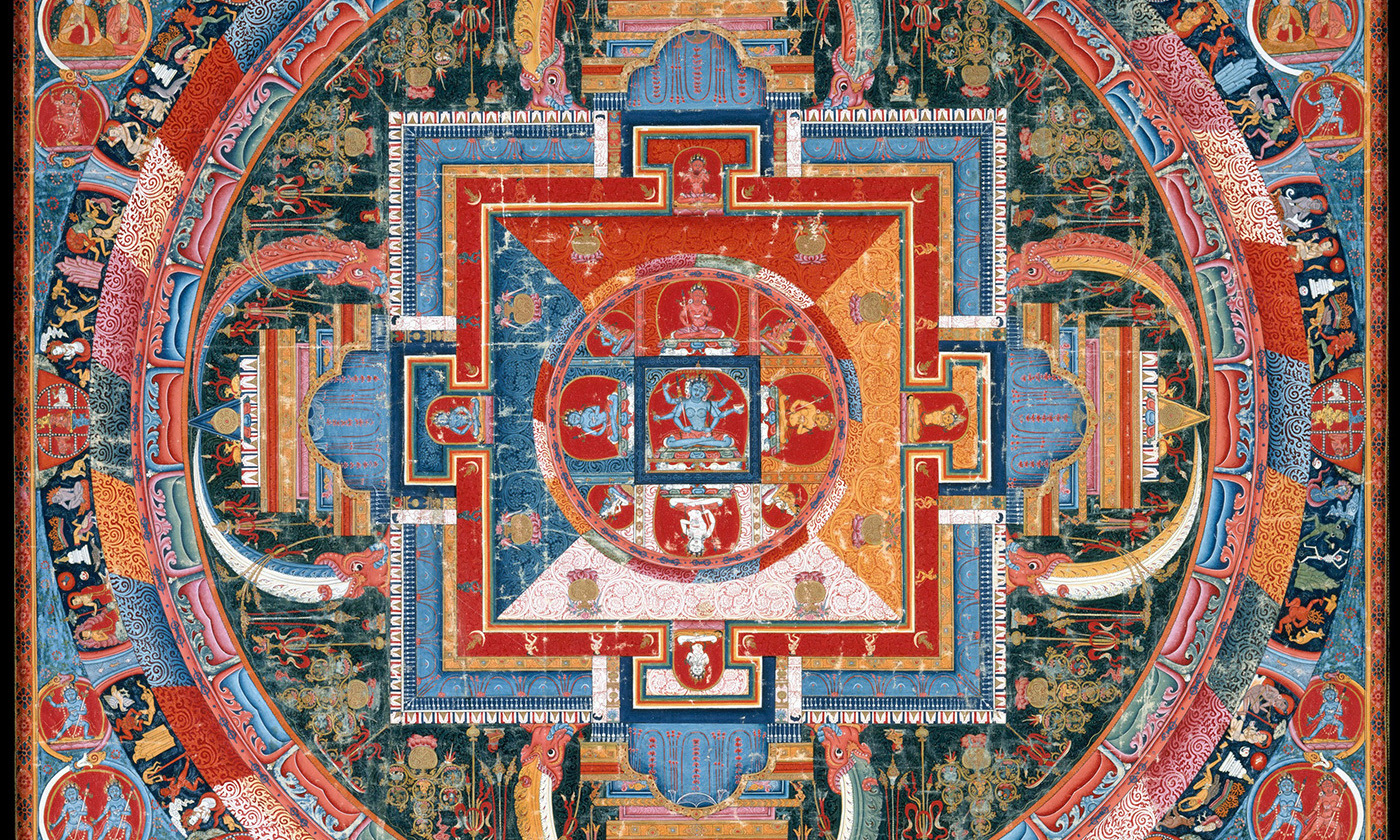
Exploring the Depth of Mandala Symbolism in Analytical Psychology
Mandala is a graphical representation of the center (the Self at Jung). It can appear in dreams and visions or it can be spontaneously created as a work of art. It is present in the cultural and religious representations.
Examples of mandala can be found in all the ancient cultures. We find it in Christianity under the form of frescos with animal images representing apostles and under the form of the zodiac. The astrologic zodiac and its versions are an excellent example of mandala. Also, in the Indian spiritual practices we find fascinating representative cases of mandala, with symbols of the local pantheon.
Through meditation and following a path of thought and action, Siddhartha Gautama, the founder of Buddhism, attained enlightenment, freeing himself from the cycle of death and rebirth. He taught this path to his followers who still practice these principles today.

How to Create Your Own Mandala: A Step-by-Step Guide
In the analytical psychotherapy, which includes the recognition and the conscious integration of the contents of the collective unconscious, the spontaneous drawing of mandala is required. While a finished mandala bears importance as a focus for meditative practice, the creation process remains equally important. You can analyze your finished mandala using a map that shows the areas corresponding to important symbols of the psyche and Jungian Archetypes, such as the Persona, Animus & Anima and the Shadow.
While a finished mandala bears importance as a focus for meditative practice, the creative process remains equally important. There are three basic layers to a mandala’s meaning.
The outer meaning represents the divine form of the universe.
The inner meaning creates a map to guide the mind to enlightenment.
The secret meaning, however, remains between the artist and the creation regarding specific details.

